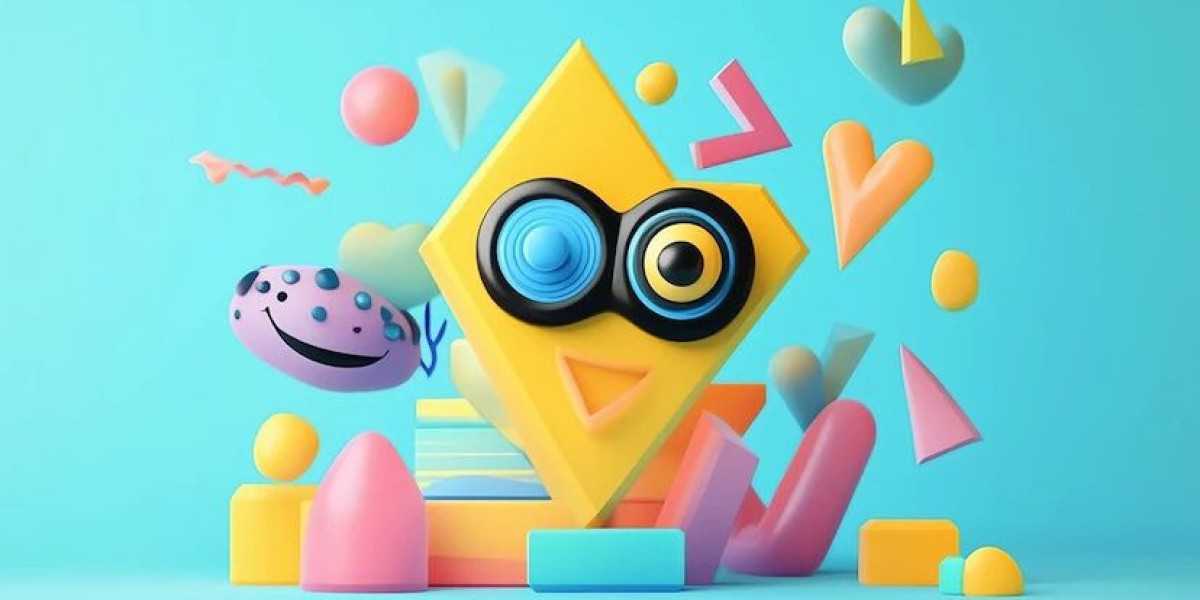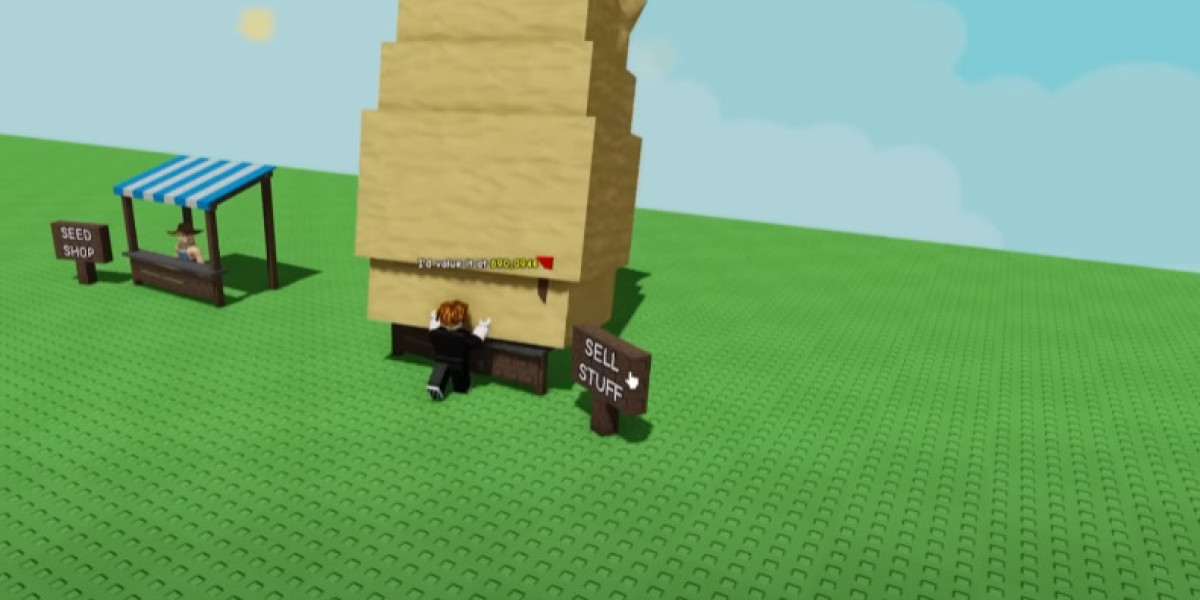Why Shape Theory Matters More Than You Think
Ever wonder why you instantly love a round little robot or why a sharp-edged villain makes your skin crawl?
That’s shape theory at work.
Shapes are the silent language of design. Before a character says a word or moves a muscle, their basic shape already tells the audience who they are. In a world flooded with content, shape-based character design ensures your creations stand out, connect emotionally, and stick in viewers' minds.
Think of iconic characters like Mickey Mouse or Darth Vader. Even in silhouette, you know exactly who they are. That’s the power of shape.
The Basics: Shapes Speak Louder Than Lines
At the heart of every strong character design lie three core shapes:
| Shape | Emotion/Traits | Examples |
|---|---|---|
| Circles | Soft, friendly, innocent | Baymax, Winnie the Pooh |
| Squares | Strong, grounded, dependable | Wreck-It Ralph, Sulley from Monsters Inc. |
| Triangles | Sharp, dynamic, dangerous | Maleficent, The Joker |
These shapes are your design's emotional blueprint. Want a character to feel warm and safe? Use circles. Want power and seriousness? Go square. Need tension or edge? Triangles are your go-to.
Mixing Shapes: Building Layers of Personality
Rarely is a great character made from just one shape. Mixing shapes adds dimension.
A round head with a square torso = gentle but powerful
A triangular stance with circular eyes = mischievous but likable
A square figure with sharp edges = noble, but intimidating
Tip: Try sketching different shape combinations and see what kind of character naturally emerges. The results might surprise you.
Silhouette: Instant Recognition, Zero Details
Silhouette is where shape theory shines. A good character is instantly recognizable even in complete black-and-white outline.
Why silhouette matters:
Easy recognition in crowded scenes
Brand and merch potential (think action figures and stickers)
Helps characters “read” well at any size
Try this exercise: Draw five characters in silhouette only. Can you tell them apart just by shape and posture? If yes—you’re designing right.
Movement & Personality: Shape in Motion
Shapes don’t just sit still—they move, stretch, bounce, and fight!
Round characters tend to move with bounciness or wobble
Square characters move with power, weight, and confidence
Triangle characters dart, strike, or slink with unpredictable energy
Even pose plays a role:
A circular character slumped over feels sad and harmless
A triangular character standing tall with sharp angles screams danger
Pro Tip: Draw your character in three dynamic poses—happy, angry, and sneaky. Watch how the shape language amplifies each emotion.
Why Shape Theory Isn’t Just for Animation
Shape theory isn’t just for cartoons—it applies to:
Mascots for brands
Video game avatars
Children’s books
Commercials and marketing characters
From mobile apps to movie posters, if your character needs to connect fast, shape theory helps you make that visual impact.
Back to Basics: How to Start Using Shape Theory
Pick a primary shape that reflects your character’s core personality.
Mix in secondary shapes to show contrast or complexity.
Test it in silhouette—is it readable and memorable?
Pose your character in action to see if the shape stays strong.
Repeat and refine. Design is an evolving process!
Bonus: Try This Design Challenge
Draw three characters using only circles, squares, and triangles.
Give each a backstory and unique personality.
Pose each in action—fighting, dancing, or sneaking.
You’ll be amazed at how much story you can tell using just shapes!
Bringing It All Together
Shape theory isn’t just about lines and geometry—it’s about emotion, storytelling, and visual connection. When used well, shapes become the language of your character’s soul. Whether you’re designing for film, games, advertising, or fun, these foundations give you the tools to build characters that live beyond the screen.
So next time you sketch, ask yourself:
What shape is my character’s story built on?
Grab your pencil (or stylus), trust the shapes, and start building characters that speak before they even say a word.








